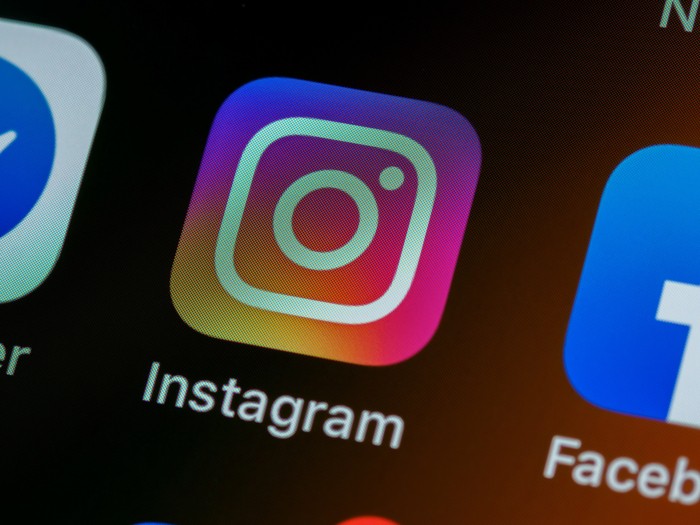Meta launches improved 3D avatars for Instagram

A second chance
In 2019, Facebook launched a brand-new 3D avatar feature that provided users with the opportunity to create a digital simulation of their true identity online that could be added to stickers, posts, messages, and reactions.
It, however, failed to become popular in a major way with a lack of inclusive features, customisation options, and subsequent expansion packs largely to blame. It is hoped that upcoming changes will allow users to create a virtual avatar that more closely resembles their physical appearance. In addition, this may also unlock greater opportunities for sponsored content down the line.
In a statement posted to his Facebook profile, Meta CEO, Mark Zuckerberg, explained the updates: “We’re updating Meta avatars with a lot more expressions, faces and skin tones, as well as wheelchairs and hearing aids,” he said. “We’re starting to experiment with digital clothing too. You can use your avatar across Quest, Facebook, Instagram and Messenger. One day you’ll have multiple avatars ranging from expressive to photorealistic. Looking forward to sharing more soon.”
A growing trend
In the past couple of years, digital clothing has become something of a growing trend with a number of social media platforms, such as Snapchat, allowing users to customise a virtual avatar with generic, branded, and designer clothing and accessories available at the touch of a button.
It will also allow for cross-posting with 3D avatars available across Facebook, Messenger, and Instagram and any changes made applied across social media platforms in real-time.
It will, however, still be possible for users to create separate avatars for different social media platforms. Meta, however, has confirmed that its eventual goal is to simplify the process of navigating a single virtual avatar across the metaverse.






